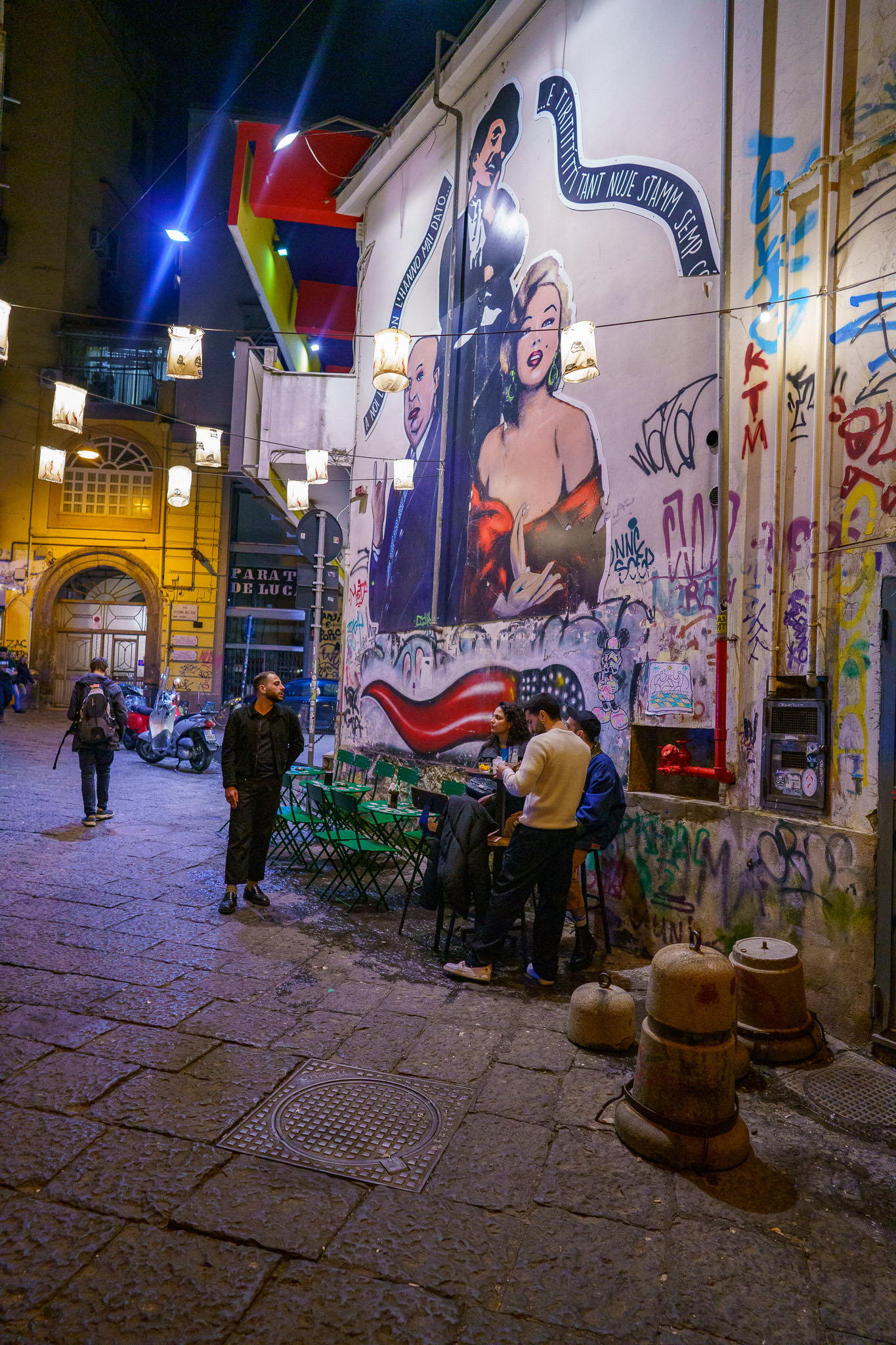Naples is a place that captures the imagination. Millions felt transported via the Elena Ferrante Neapolitan novels series. Imagine more iconic food creations than Neapolitan pizza and ice cream! A food lovers dream, Naples is multi layered and exciting to explore. There is a vibrance, neighborhood character and history worthy of exploration. Don’t be afraid to explore hidden alleyways that lead through neighborhoods.

Historically Naples once was the glorious capital of a kingdom. This regal past is illustrated by the palatial architecture and aforementioned culinary creations. The view of Mount Vesuvius and the blue Mediterranean waters alone is beautiful.

Investigative journalists have reported extensively on the scourge of organized crime that has tarnished Naples as a tourism hub. Not without reason, the Camorra syndicate, part of Italy’s organized crime network, ruled the city for decades, destroying livelihoods and choking out businesses, this was especially true at its height in the 1970s and 80s.

We encountered several Italians who actually asked us if we felt safe and if we were treated well when in Naples. A companion in a taxi quizzed us about crime. I calmly mentioned that I previously lived in Chicago and feel great fondness for that city too. She then admitted she was from Toronto and that her city is likewise affected by crime. Clearly reputation is subjective.

Naples has a downtrodden history. According to Greek mythology, the siren Parthenope drowned in the sea in a failed attempt to lure Odysseus, her body then washed up ashore near modern day Naples.

We used Naples as a base to tour nearby Pompeii and Herculaneum. To prepare for those amazing tours we visited the nearby National Archaeological Museum. The museum provided context and a lens to understand the region through the millennia.

Naples has struggled with poverty and crime but it has gone through intense challenges through the arc of history. During World War Naples was occupied by the Nazis. The city was bombed approximately 200 times from 1940 to 1944. We saw horrific photos of the carnage.

A friend in Sorrento let us know he indeed thought Neapolitans were arrogant. Perhaps we were just used to New Yorkers or others who think we live in quaint “fly over country”. We didn’t pick up on any slights. I definitely see parallels to regional superiority claims of the south vs. the north in Spain, Germany (east/west) and the United States.

We walked along the city’s grand seafront promenade, all the way to the neoclassical colonnades of Piazza del Plebescito, the majestic Palazzo Reale (royal palace) and San Carlo opera house. Following this path, you will get a taste of the Neapolitan aristocracy and all its pomp.

The day we were there throngs of children were costumed as characters from the Puccini opera “Turandot” which is set in China. That didn’t strike us as politically correct but the arts education and experience the children enjoyed seemed laudable. I would also add that we saw as many shrines to the soccer legend Diego Armando Maradona. There may be more churches but he looms large in the hearts and minds of the city.
-- Nancy Zellmer






























